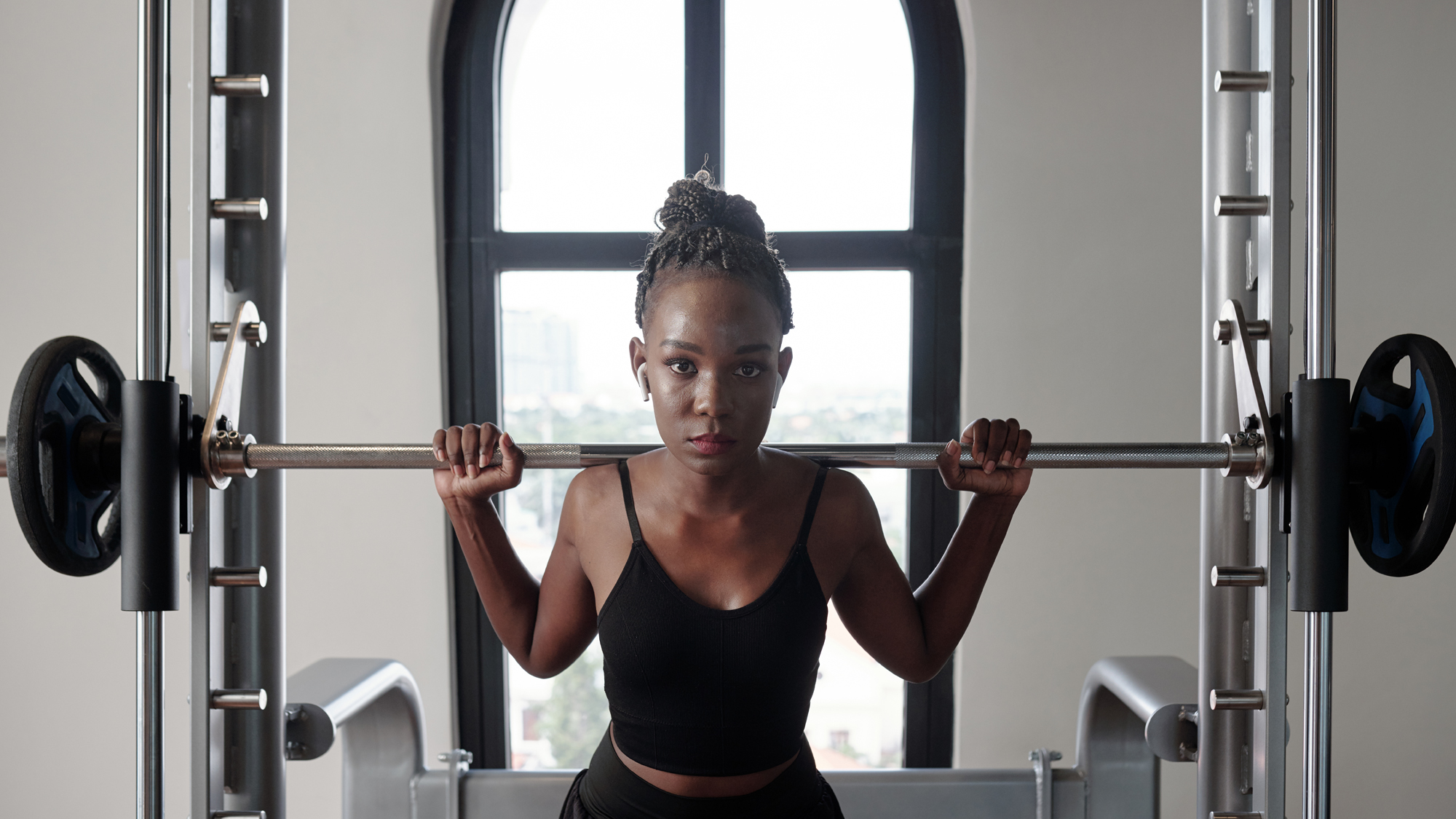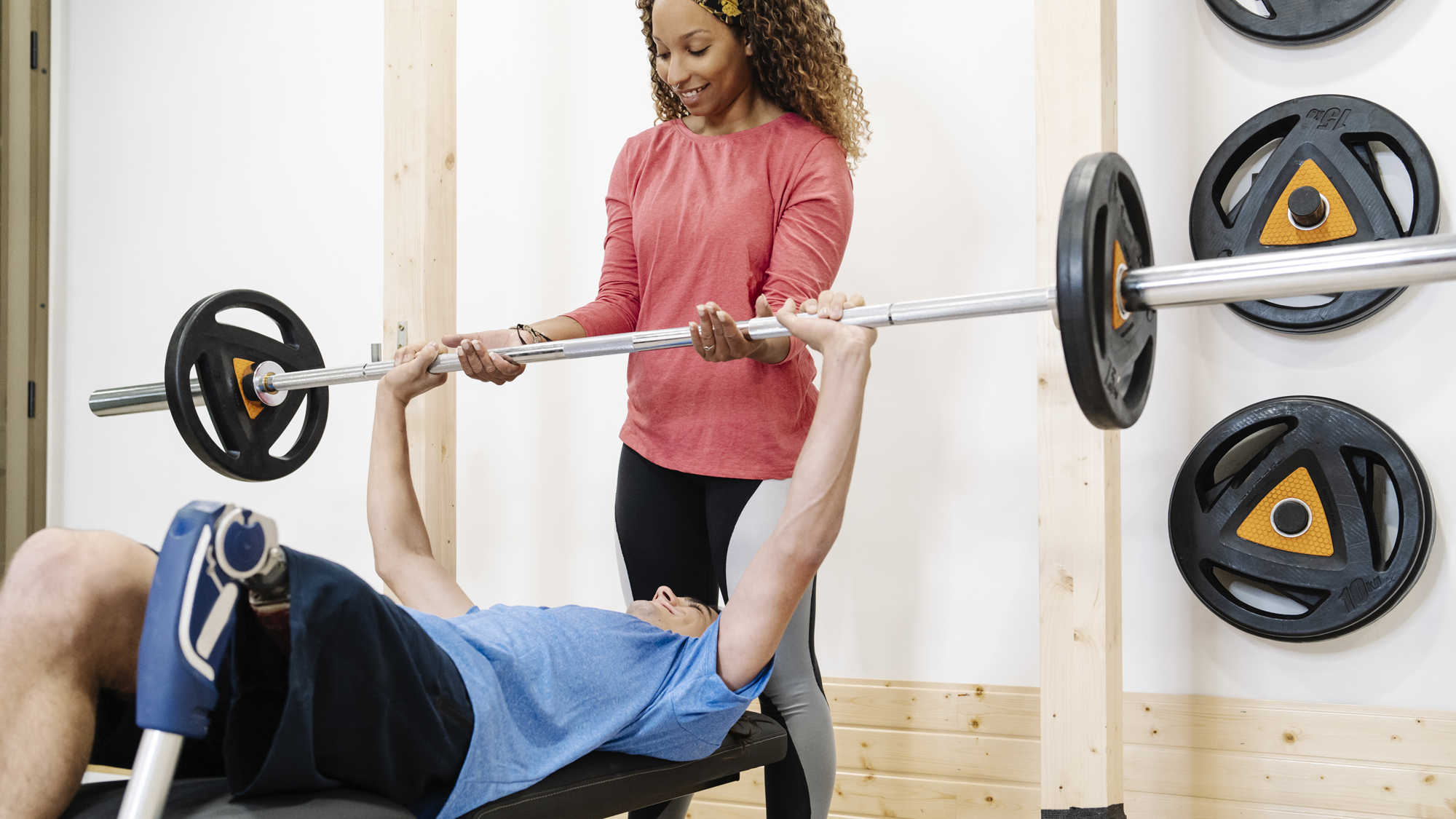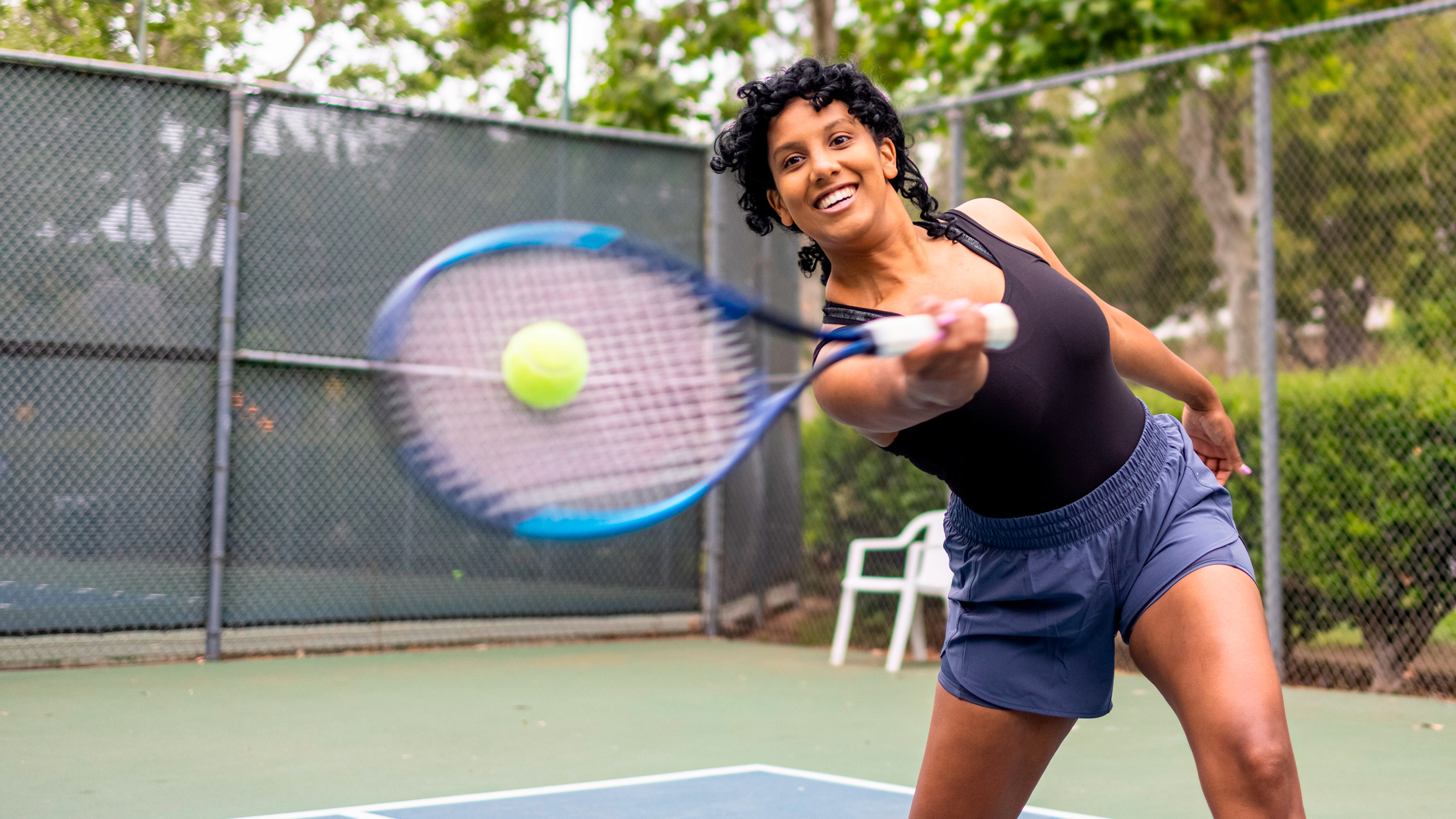Want to get stronger? Mixing heavy and lighter weights is key for success
You don't have to lift the heaviest weights to see the best muscle-building results


If you're looking to build practical muscle, you're told that lifting the heaviest weights to "go big, or go home" is the best approach. But research suggests that a mix of light and heavy weights might be the key to getting stronger.
One of the most cost-effective ways to use a mix of weights in your workout is to invest in a set of the best adjustable dumbbells. These customizable weights combine several dumbbells in one, so you don't need a complete weights rack to build muscle.
The idea that you can only get stronger by lifting the heaviest weights is pretty standard, but a review published in the journal Sports Medicine concluded that routines"[combining] heavy and light loads may improve strength."
But it's not just a case of switching between weights for every exercise, as the team found that heavier loads are ideal for functional activities, like squats, push ups, and weightlifting moves, including deadlifting with dumbbells.
Lighter weights complement faster moves, the kind found in many High Intensity Interval Training (HIIT) workouts. This includes times you want to add some resistance to bodyweight exercises like jump squats.
The authors even note that an effective way to get stronger would be to perform the same moves two days in a row, with the second session using lighter weights. But there's also good news if you'd prefer a single combined session.

Some studies found that you can get similar effects by lifting a mixture of heavy and light weights in the same workout. With this approach, you perform 'working' sets with the heaviest weights, then warm-up and warm-down with lighter weights.
Get the Fit&Well Newsletter
Start your week with achievable workout ideas, health tips and wellbeing advice in your inbox.
Interestingly, the review also questioned other traditional muscle-building wisdom. Typically, a set comprises a number of repetitions or reps, and to complete the set, you need to perform all of the reps in one go.
But there seems to be evidence that cluster sets, where you split the set into several smaller ones with rests in between, might help you develop strength. This helps prevent fatigue, so you can lift heavier weights for longer without affecting your form.
Whether you're just starting or an experienced lifter, it's worth learning how to lift weights properly. You'll get the best results from your training by focusing on your form and reduce your risk of injury too.
Resistance training makes us stronger as we damage our muscles during the workout, and our bodies repair them. But delayed onset muscle soreness (DOMS) is one of the side effects of muscle-building exercise.
You can reduce the pain by using one of the best foam rollers to speed up the recovery process. By massaging your muscles, you promote blood flow to the affected area to help repair the workout-induced damage.

James is a London-based journalist and Fitness Editor at Fit&Well. He has over five years experience in fitness tech, including time spent as the Buyer’s Guide Editor and Staff Writer at technology publication MakeUseOf. In 2014 he was diagnosed with a chronic health condition, which spurred his interest in health, fitness, and lifestyle management.
In the years since, he has become a devoted meditator, experimented with workout styles and exercises, and used various gadgets to monitor his health. In recent times, James has been absorbed by the intersection between mental health, fitness, sustainability, and environmentalism. When not concerning himself with health and technology, James can be found excitedly checking out each week’s New Music Friday releases.
-
 I do these two things every day to stay fit and healthy, says the newest star trainer on Chris Hemsworth's fitness app
I do these two things every day to stay fit and healthy, says the newest star trainer on Chris Hemsworth's fitness appHere's how Centr's Korey Rowe trains for longevity
By Sam Rider Published
-
 I thought sports weren't for me, until I realised they're a game-changer for ticking off cardio
I thought sports weren't for me, until I realised they're a game-changer for ticking off cardioI swapped HIIT and running for tennis—and I've never felt better
By Alice Porter Published